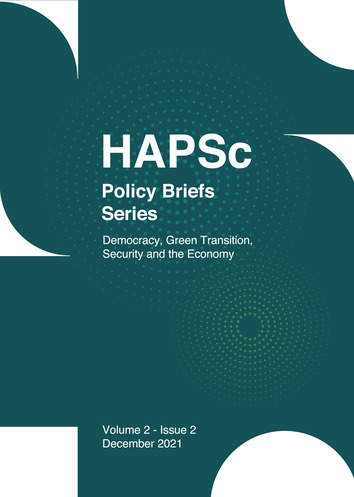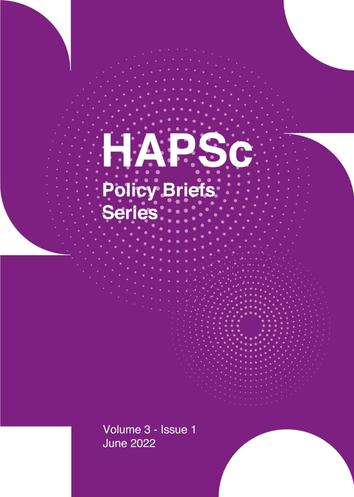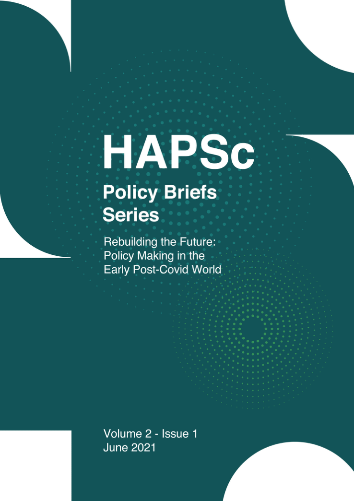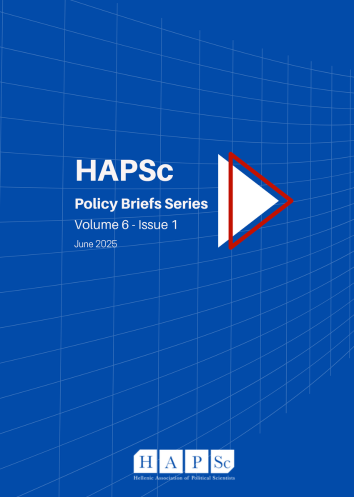A Comparative Analysis of COVID-19 Effects on air Pollution in Ten EU Cities in 2020

Abstract
The global pandemic has arguably induced many dramatic changes at all levels worldwide. The occurrence of some silver linings on the environment brought about a glimmer of hope and optimism. However, these are seen as rather short-lived and temporary mainly linked to lower economic output and the imposition of restrictive measures by the national governments to contain the spreading of the coronavirus. In such a context, the restart of the economy plausibly raises many concerns about the durability of those in the long run. An environmental sector that has attracted particular attention is air pollution which has seen significant improvements in urban centers and most polluted cities during the pandemic. Evidence shows that air pollution in the EU has decreased in 2020 as a result of reduced consumption of fossil fuels, road transport, lower economic output, and industrial activity, however, strong signs of retreat to pre-coronavirus levels are observed. The aim of this policy brief is to examine the effects of COVID-19 on air pollution by breaking down and comparing the average concentrations of three pollutants, nitrogen dioxide (NO2), and particulate matter (PM2.5), and (PM10), per month in ten major European cities in 2020 with the use of data from the European Environment Agency.
Article Details
- How to Cite
-
Melidis, M., & Tzagkarakis, S. I. (2020). A Comparative Analysis of COVID-19 Effects on air Pollution in Ten EU Cities in 2020. HAPSc Policy Briefs Series, 1(2), 167–174. https://doi.org/10.12681/hapscpbs.26494
- Section
- Articles

This work is licensed under a Creative Commons Attribution 4.0 International License.
Authors retain copyright and grant the journal right of first publication with the work simultaneously licensed under a Creative Commons Attribution License that allows others to share the work with an acknowledgement of the work's authorship and initial publication in this journal.






